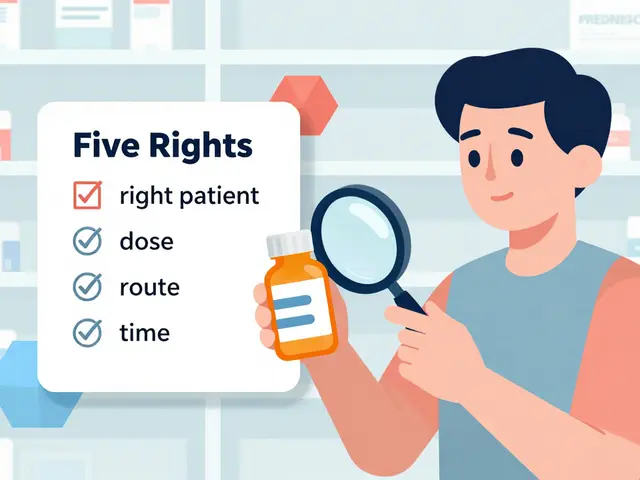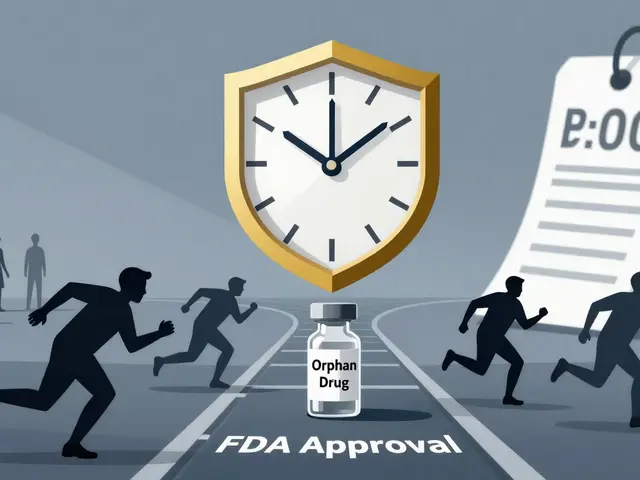Dual-therapy inhalers: what they do and who should use them
Dual-therapy inhalers combine two medicines in one device to control airway disease better than a single drug. They’re common in COPD and in people with asthma who still have symptoms on one medicine. You get more consistent control and fewer inhalers to manage — that’s usually better for sticking with treatment.
Two main types and common brand names
There are two broad mixes you’ll see: ICS + LABA and LAMA + LABA. ICS + LABA pairs an inhaled steroid (reduces inflammation) with a long-acting bronchodilator (opens airways). Examples: Symbicort (budesonide/formoterol), Advair (fluticasone/salmeterol), and Breo Ellipta (fluticasone/vilanterol).
LAMA + LABA pairs two bronchodilators that relax airway muscles in different ways. These are often used in COPD: Anoro Ellipta (umeclidinium/vilanterol), Stiolto Respimat (tiotropium/olodaterol), and Bevespi Aerosphere (glycopyrrolate/formoterol). Pick the combo based on your diagnosis and how you respond.
Practical tips for real-world use
Pick the right inhaler device. MDIs (pressurized) need a slow, steady inhale; DPIs (dry powder) need a quick, deep breath. A spacer with an MDI often helps, especially if coordination is tricky. Read the instructions for your exact device — some need priming, others don’t.
How to take it right: exhale away from the mouthpiece, seal your lips around it, inhale at the correct speed (slow for MDI, quick for DPI), hold your breath 5–10 seconds, then exhale. If the inhaler has a steroid, rinse your mouth after use to lower the chance of thrush.
Watch for side effects: inhaled steroids can cause oral thrush and hoarseness; LABAs sometimes cause tremor or palpitations; LAMAs may cause dry mouth or constipation. If you notice worsening breathing, rapid heartbeat, or severe side effects, contact your provider.
When to consider switching or stepping up: frequent symptoms, night-time coughing, or repeated flare-ups despite using the inhaler as prescribed. Stepping down should only happen after months of stable control and with medical guidance.
Cost and access matter. Many combos now have generic options or patient-assistance programs. If cost is a barrier, ask your clinic or pharmacist about alternatives with a similar device and dosing schedule.
Final quick checklist: confirm your diagnosis (asthma vs COPD), match device to your breathing ability, learn proper technique, rinse after steroid inhalers, and review control with your clinician every few months. A well-used dual-therapy inhaler can make a big difference in daily breathing and reduce flare-ups.
Wondering what other inhalers can replace Anoro Ellipta for COPD? This article explores emerging dual-therapy inhalers and how they stack up for managing COPD. We break down what’s new on pharmacy shelves, spotlight the latest drug combinations, and share practical tips on choosing the right alternative. Get clear, useful details, including a direct resource for comparing Anoro Ellipta alternatives. Perfect for patients and caregivers looking for real, up-to-date help.
Continue reading...






